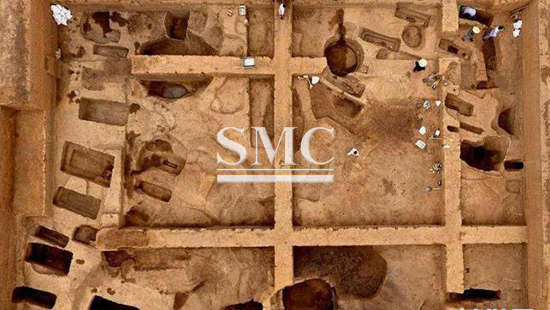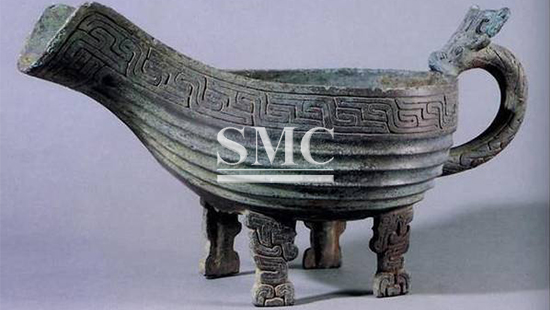Notice: Undefined index: sith_hide_share in /www/sites/alloy.wiki/index/wp-content/themes/likegoogle/single.php on line 32
Deprecated: get_settings is deprecated since version 2.1.0! Use get_option() instead. in /www/sites/alloy.wiki/index/wp-includes/functions.php on line 4862
The bronze ware of the Shang Dynasty, represented by the mother of Wuding, has been praised for its beautiful shape and gorgeous decoration. However, little is known about the creators and production processes of these fine art. In the Yubei Mall in Anyang, Henan Province, with the discovery of a cemetery of a cast copper craftsman family, many mysteries are expected to be revealed one by one.

“In the past few years, we have discovered 42 artisan tombs. After archaeological excavations, they belonged to a family engaged in the production of cast copper. This is the first time that China has clearly discovered the cemetery of the bronze craftsman family in Shang Dynasty.” Institute of Archaeology, Chinese Academy of Social Sciences Researcher and assistant director of Anyang Workstation He Yuling said.
The Yubei Mall, which was discovered in the northeast of the Yinxu Reserve in 1999, was the site of the Ducheng in the middle of the Shang Dynasty. It was widely used by archaeologists at home and abroad. Since 2014, the Anyang Workstation of the Institute of Archaeology of the Chinese Academy of Social Sciences has continued to explore in the Yubei Mall to explore its layout.
In August 2015, about 570 meters north of the northern wall of Miyagi, the first blaster for molten copper was discovered. One of the Shang Dynasty’s medium-term cast copper workshops, which was controlled by the royal family and produced bronze rituals for the ruling class, was unveiled. Open mystery. The cast copper craftsman family cemetery is located in this cast copper workshop.
“The tombs are arranged in an orderly orientation, showing a certain degree of planning, showing the characteristics of the family cemetery.” He Yuling introduced that a total of 42 tombs have been excavated, and many tools such as Tao Fan, copper knives and grindstones used in casting bronzes have been found. In particular, the use of Tao Fan as a funerary object has not been discovered before, and it is basically possible to determine the identity of the tomb master as a cast copper craftsman.

“The excavation of the craftsman’s tomb has laid a solid foundation for the study of the organization, management, operation of the bronze industry in the Shang Dynasty, the level and status of the artisan class, the inheritance and innovation of production technology, etc.” He Yuling said that the exploration of coherence in recent years It will restore a vivid picture of the production of bronzes in the Shang Dynasty.
Up to now, archaeologists have excavated more than 3,600 square meters in the Yubei Mall, and found more than 800 relics such as housing foundations, ash pits, wells, tombs, etc., and unearthed a large number of relics, especially the production waste related to cast copper. It is worth mentioning that a small copper tripod model, which depicts the dividing line, identifies where the pattern is drawn, presumably for the craftsmen to use for research before making new bronzes.
According to the operational chain theory of handicraft production, archaeologists gradually identified the ceramic molds, pottery making areas, bronze smelting and casting areas, production waste accumulation areas, and production-related people’s sacrifice pits and cattle heads in the cast copper workshop. The horns ritual pits and so on.
Guest contributors are welcome at the Alloy Wiki.It is a weekly wiki and guide on alloy information and processing technology, while also about the vast array of opportunities that are present in manufacturing. Our team of writers consists of a Machining Material Supplier / Machinist / Tool and Die Maker, a Biomedical Engineer / Product Development Engineer, a Job Development Coordinator / Adjunct Professor, and a President and CEO of a manufacturing facility.
Link to this article:Can the Bronze Craft Making Mystery be Solved?
Reprint Statement: If there are no special instructions, all articles on this site are original. Please indicate the source for reprinting:Alloy Wiki,thanks!^^


